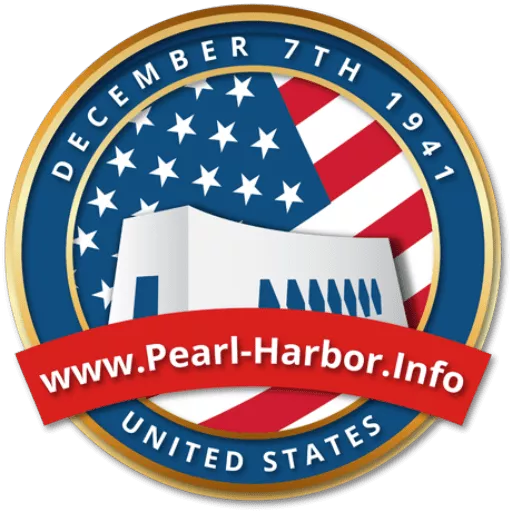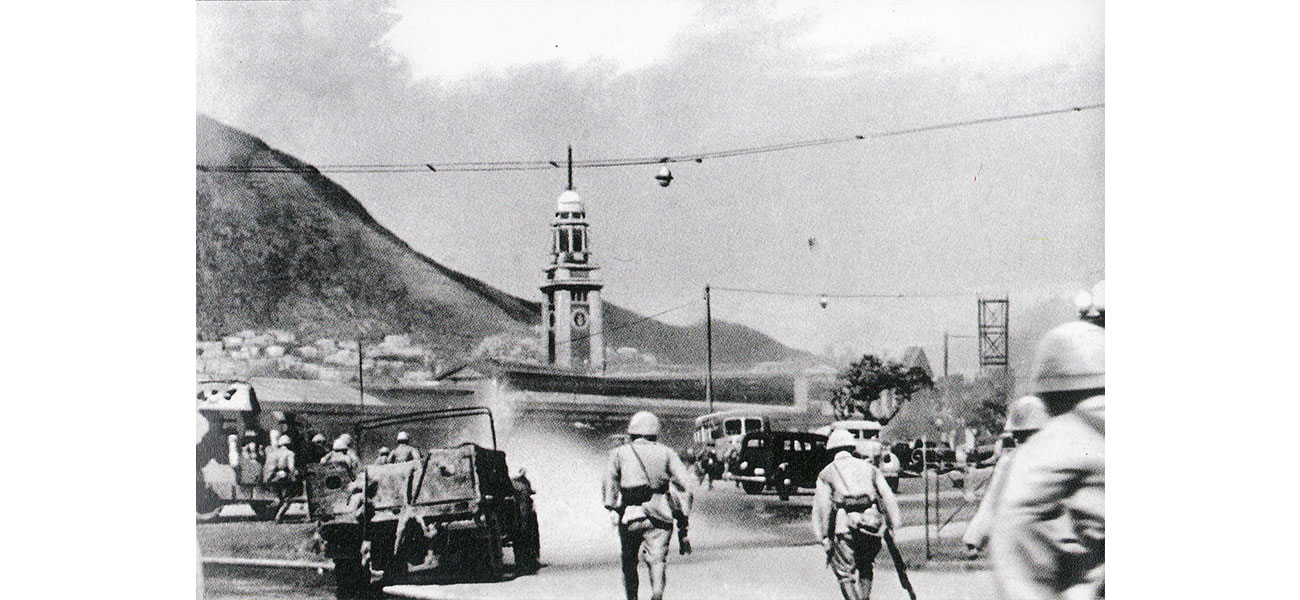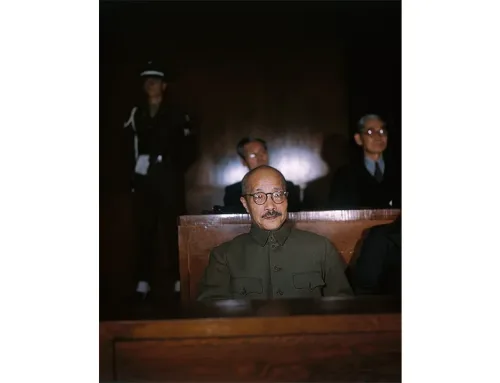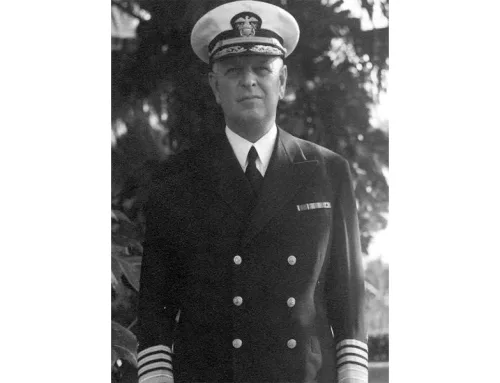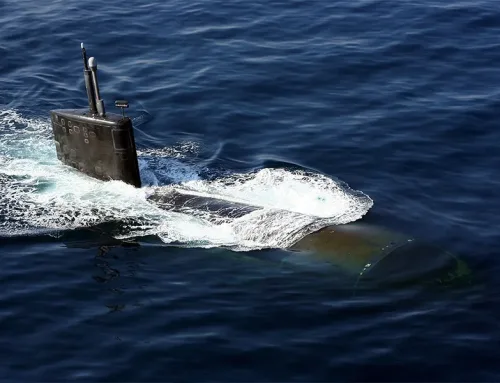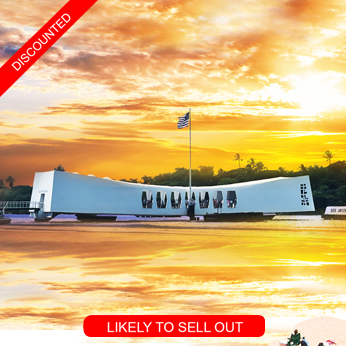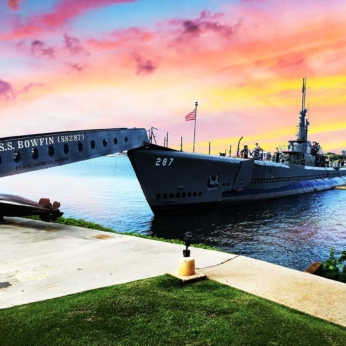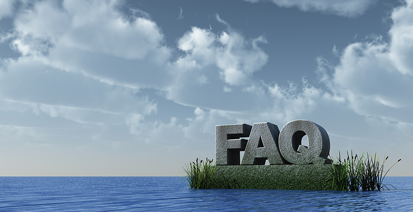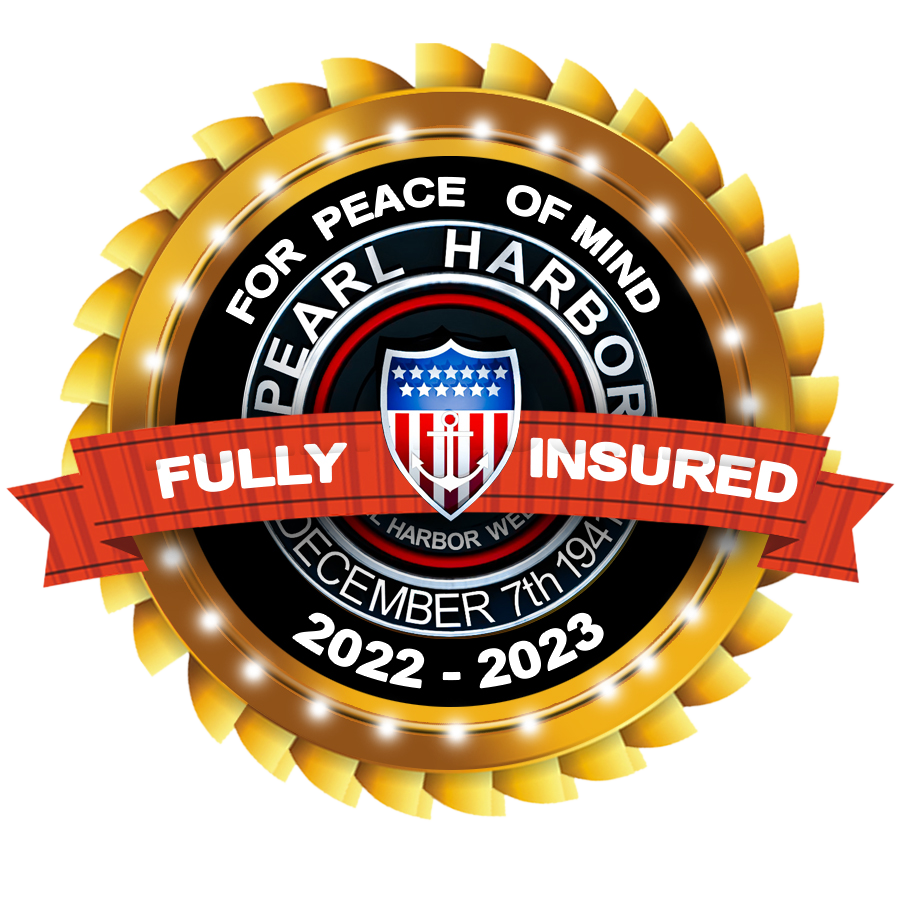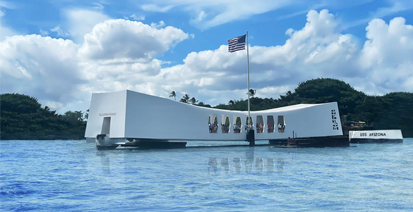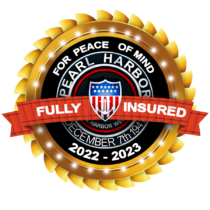The Morning of Pearl Harbor – Battle of Hong Kong
Mainichi Newpaper, Japan, Public domain, via Wikimedia Commons
The morning of December 7, 1941, is etched in history as the day of the infamous attack on Pearl Harbor. However, this date also marks the beginning of the Battle of Hong Kong, a less discussed but equally pivotal event in World War II. Understanding these concurrent attacks provides a fuller picture of the war’s early Pacific Theater and highlights the strategic maneuvers and consequences faced by the Allied forces.
Pearl Harbor: The Surprise Attack
On the morning of December 7, 1941, the Imperial Japanese Navy launched an attack on the United States naval base at Pearl Harbor, Hawaii. The assault began at 7:48 a.m. local time and involved over 350 Japanese aircraft. Key targets included battleships, destroyers, and aircraft on the ground. Within two hours, the attack had devastating effects: over 2,400 Americans were killed, 21 ships were damaged or destroyed, and over 300 aircraft were incapacitated.
The immediate aftermath saw a stunned and outraged American populace and government. The following day, the United States declared war on Japan, marking its entry into World War II.
Hong Kong’s Strategic Importance
Hong Kong, a British colony, held significant strategic value during World War II. It was a vital port and a key defensive position in the Far East. The British, aware of its importance, had fortified Hong Kong with a garrison of British, Indian, and Canadian troops, but the defenses were stretched thin across the vast territory.
As Japan expanded its empire across Asia, Hong Kong was a clear target. The Allies, anticipating a potential attack, had prepared defensive positions, although they were outnumbered and outgunned. The Japanese had already demonstrated their military prowess in China and Southeast Asia, and their eyes were set on Hong Kong.
The Japanese Assault on Hong Kong
On December 8, 1941, just hours after the attack on Pearl Harbor, Japanese forces launched their next assault on Hong Kong. The attack began with air raids, followed by a ground invasion. The battle saw intense fighting as the Japanese advanced towards the island’s heart. Key battles included the defense of the Gin Drinkers Line and the Battle of Wong Nai Chung Gap, where Allied forces put up fierce resistance.
Despite their efforts, the Japanese forces were relentless and better equipped. By December 25, 1941, after weeks of brutal combat, the British garrison surrendered. This day is known as “Black Christmas” due to the heavy losses and the fall of the colony.
The siege of Hong Kong was a harrowing experience for both soldiers and civilians. Civilians faced bombings, food shortages, and the constant threat of violence. Military personnel grappled with dwindling supplies and overwhelming enemy forces. The morale was low, but acts of bravery and resilience were commonplace.
Comparing Pearl Harbor and Hong Kong
While both Pearl Harbor and the Battle of Hong Kong were Japanese offensives aimed at crippling Allied forces, they had distinct differences. Pearl Harbor was a swift, surprise attack with significant immediate damage but did not lead to an invasion. In contrast, the Battle of Hong Kong involved prolonged ground combat and resulted in the capture of territory. Both, however, showcased Japan’s strategic aim to dominate the Pacific and hinder Allied operations.
The fall of Hong Kong had immediate and long-term consequences. The Japanese occupation brought harsh conditions, including internment camps for Allied prisoners and severe restrictions on the local population. The loss was a blow to British prestige and highlighted the vulnerability of colonial outposts in Asia.
The morning of Pearl Harbor and the subsequent Battle of Hong Kong were defining moments in World War II. They reshaped global dynamics, showcased the ferocity of the Japanese military, and underscored the importance of preparedness and strategic planning. Remembering these events honors those who fought and died while providing valuable lessons for future generations.
Most Popular Oahu Tours
Best Pearl Harbor Tours

The following tours are recognized as the most popular Pearl Harbor Tours on Oahu. While generally, our price is the lowest in the market now, for a limited time, they are on sale too. Please be advised that Pearl Harbor tickets and USS Arizona Memorial tickets are included in all of our Arizona Memorial Tours, Pearl Harbor small group tours, and private Pearl Harbor tours.
